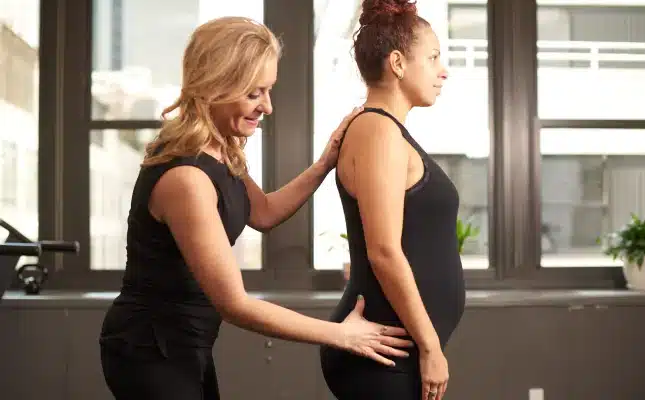By Denise Vidal
In our previous two blogs we spoke about the movement of the pelvis in relationship to the legs. Now, we will discuss the relationship between the arms, the shoulder girdle, and the ribs. Like the lower limbs, the upper limbs are only as strong as they are able to maintain proper joint mechanics. One of the most fundamental joint movements of the upper body is the shoulder blades’ ability to glide along the ribcage. If the shoulder blades move well against the ribcage, then the ribs can become a strong base of support for the movement of the upper limbs.
To begin, come onto your hands and knees into what we call a “table top” position. Your hands and knees should be underneath your shoulders and hips, as if you were making a “table” out of your torso (picture 1). If necessary you can put a mat or a cushion under your knees for more support. Or, if being on your knees is not at all comfortable, you can do this exercise standing with your hands against a wall.
In this position start to breathe deeply, seeing your ribs expand as you inhale and your abdominals pull inward as you exhale. In Pilates we like to give the image that you are a pregnant cat and every time you exhale you are lifting your litter of kittens towards your spine. It may sound silly, but this image works for a lot of people! The idea is that you want to gain core support without changing the length of your spine and the width of your ribcage.
On your next inhale, maintain the straightness of your spine and arms as you sink your chest towards the floor and slide your shoulder blades together. In Pilates we refer to this movement as a “schlump” (picture 2). As you exhale, push into your hands and widen your shoulder blades on your back (picture 3). Do this movement 5-10 times, remembering to incorporate your breath and to keep your spine lengthened.
If you are experiencing any shoulder or wrist pain, speak to your doctor or physical therapist before attempting this exercise.






